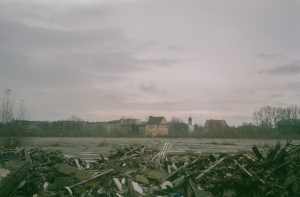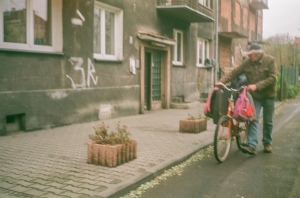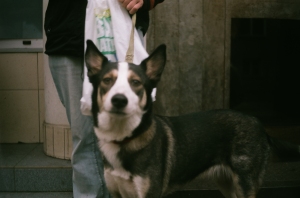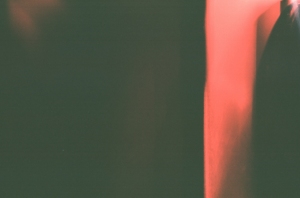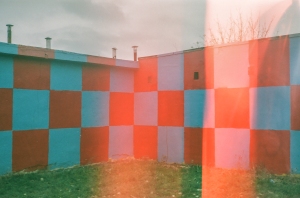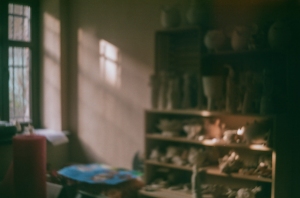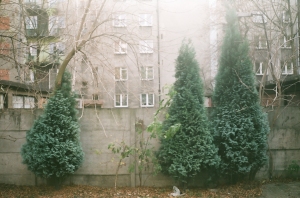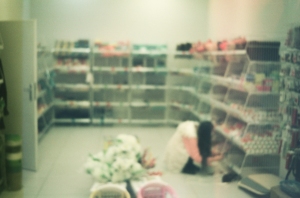Huge inspiration:
Tag: project
meet C.
C. in front of the Budapest Parliment building, acting like she owns the place.
film number five, May
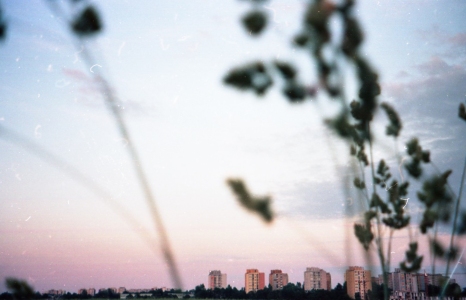

Last week I took a part in the photo edition workshops in Warsaw. It was a cool experience and exhausting long hours of making the unjustified and perhaps unjustifiable decisions. A simple photograph can be given hundreds of meanings due to it’s placing.
I think that one of the things which amuse me about the photography is the ability to connect the unrelated events into a story. Maybe story is too big of a word? A sequence, a set. Something happens in one place, something happens in another place, here’s a dead bird, here’s the moon, here’s somebody I know, somebody I don’t know. Unrelated events that become linked together thankfully to a single factor.
That single factor being myself.
Maybe the fact that I spent a meaningful part of my life working in an airplane – which meant being everywhere, constantly thrown from one end of the globe to another, made me feel like I’ve been less and less present and real. In a way it was a life of a ghost – I’d never been anywhere long enough to mark my presence in any more meaningful way, but long enough to observe people and situations. I’d like to think that in some way my presence was a connecting line for all these distant places and situations.
I believe that what I call the “life of a ghost” fed my urge to collect the trophies in the form of photographs. In a way they are the silver proof – I’ve been there and I witness that exact moment. Turning them into something connected and coherent is almost like giving my presence a visual form. Maybe that’s why we say that photography is intimate. Regardless of the content, it always consists of at least the smallest particle of the person who pressed the shutter button.
A postcard from the island
mono no aware
(…) Recognition of the impermanence and transience of life is a central tenet of Buddhism, and indeed of most Eastern philosophies. Buddhism holds that life is marked by three key qualities. The first two are impermanence and insubstantiality, referred to in Japanese respectively as mujō (無常) and muga (無我) However, unfortunately, most of us live in denial or ignorance of mujō and muga, clinging resolutely to phenomena that are intrinsically subject to change. This kind of clinging is then the cause of the third “mark” of existence, namely ku (苦), which translates as dissatisfaction or suffering. However, the promise of Buddhism is that liberation can be found through a deep understanding and acceptance of mujō and muga.
This is where mono no aware comes in. With this mood, acceptance of impermanence and insubstantiality is elevated into an aesthetic sensibility, a state of mind that actually appreciates this ephemerality. This does not mean impermanence is welcomed or celebrated. There is still sadness present in mono no aware, a sorrow at this transiency, of the loss of people and things that are precious to us. However, this melancholy is suffused with a quiet rejoicing in the fact that we had the chance to witness the beauty of life at all, however fleetingly. (…)
Human
If you happened to be a human, I think you should watch it
foils and light and park and not much to say
this one was a task: we went to a grey, muddy park with the colourful foils, supposed to show how we felt in that moment.
I don’t care much about the foils or about the park, these lamps don’t mean much to me either. But they somehow ended up on the pictures saying things about that day, things that grew into a different meaning and different day and reality, these colours became my glasses, my lenses I looked through, confusing, surreal, making that new meaning meaningful, disturbing, mine.
Just some people there and me, Sunday afternoon, doing other things than lying in bed, or on the sofa, I don’t really know.
I swallowed up what was around me and spat it out in some confused colours.
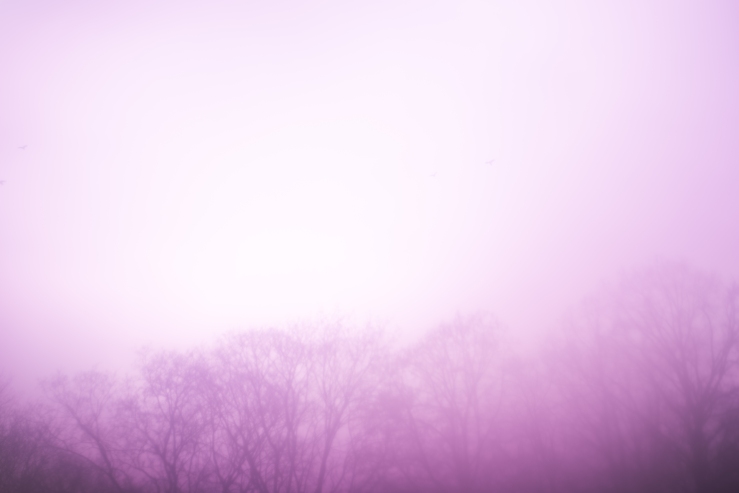
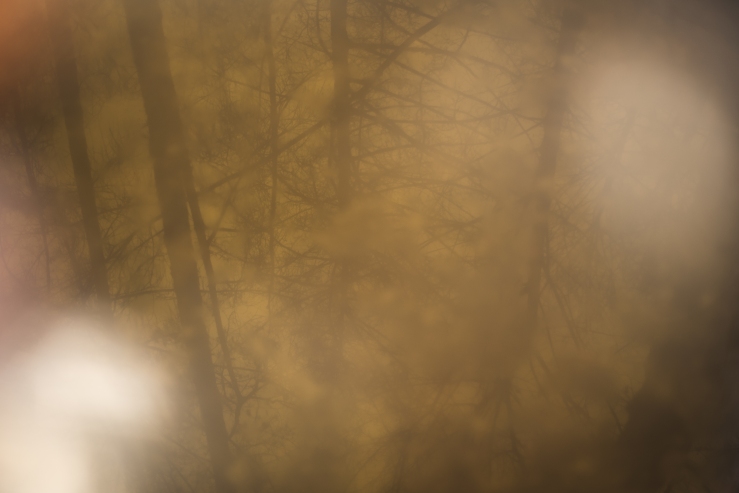
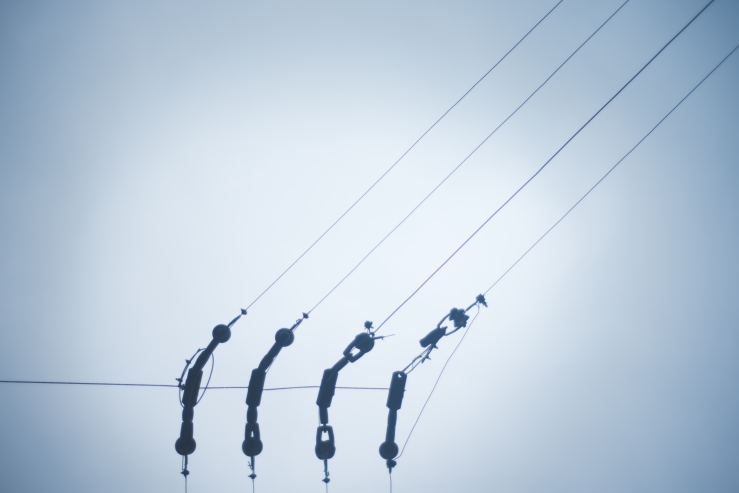
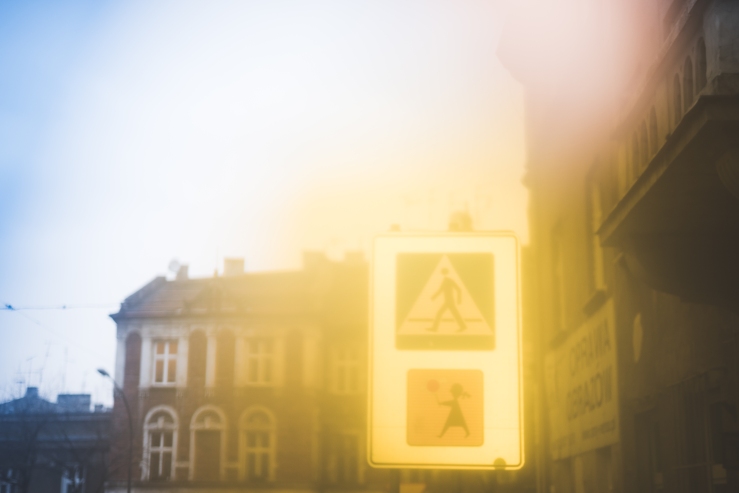
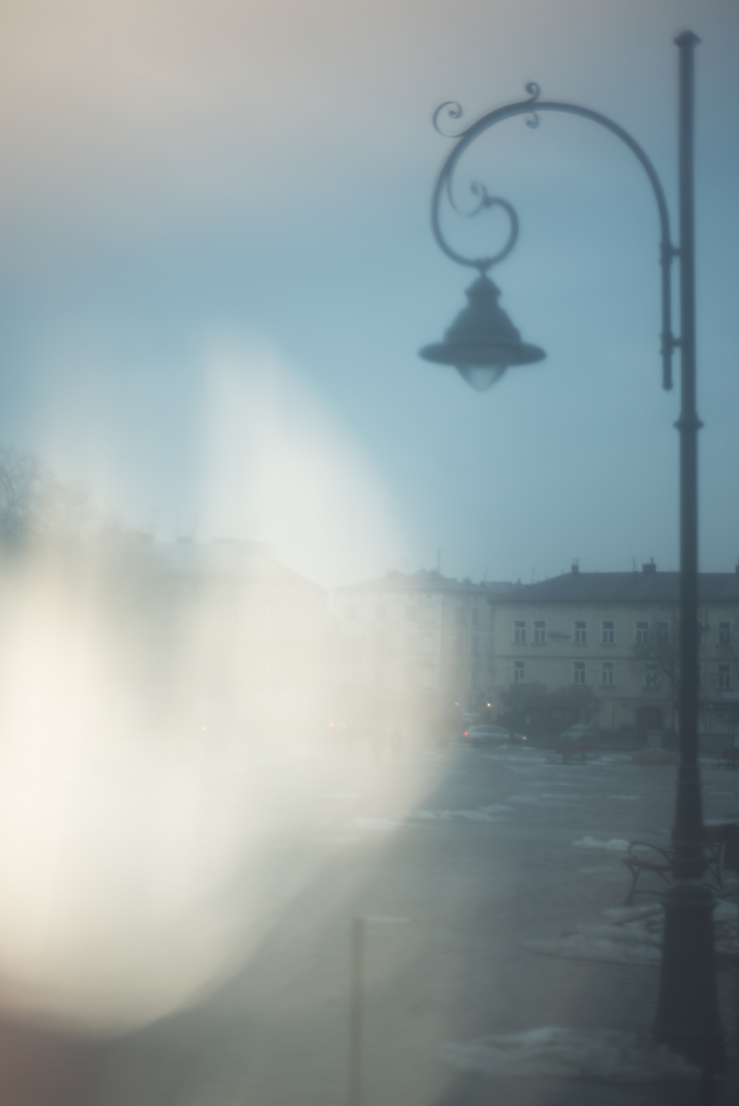
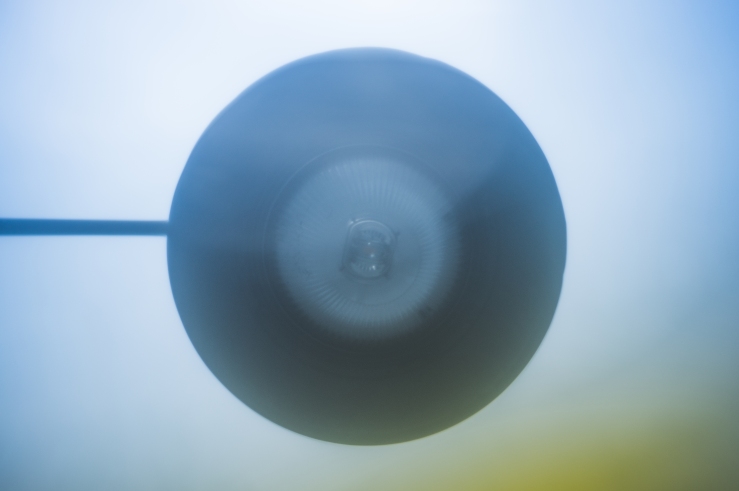
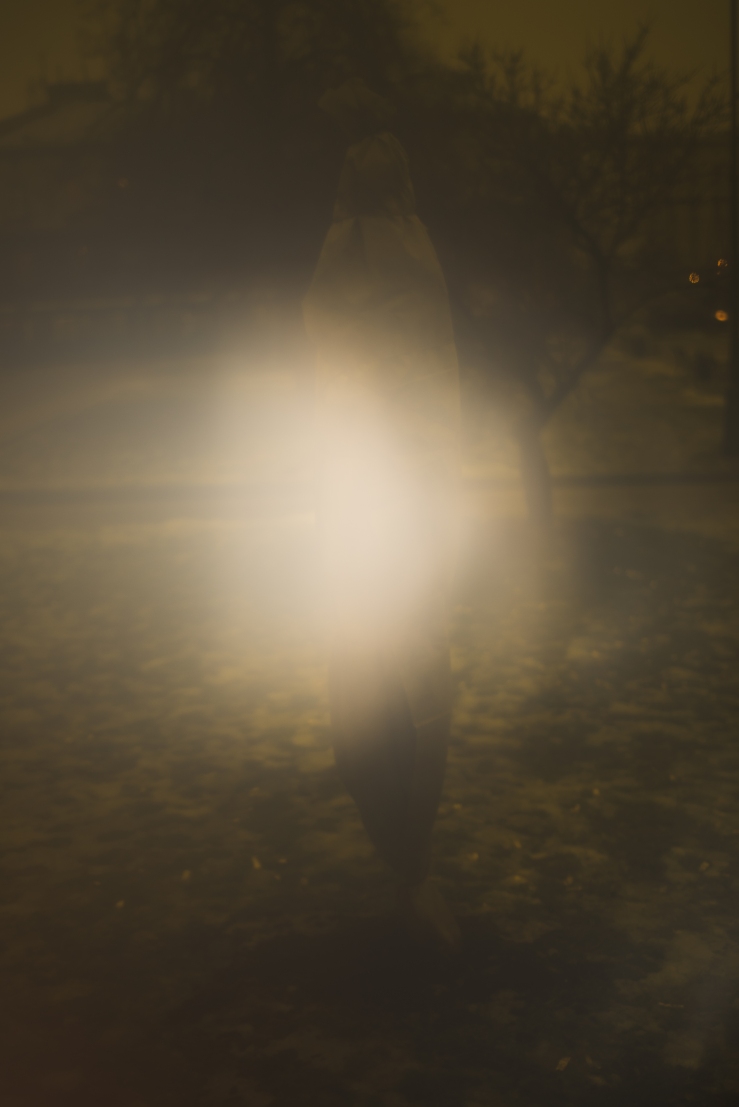

sofa series
November in 35 mm, color
“i used to tell my students, or maybe rather, classify photography in quite an original way: photography needed and not needed. Of course that’s a metaphor. Photography not needed is created with no influence from outside, that means, it’s a highly personal choice of the photographer. I’ve always told my students, and I continue to do it until today, do as much photography not needed as you can. It’s the most authentic, the most real and it tells us something about the author. Of course that terminology, needed and not needed – that’s only humoristic. It’s not important in the moment”
Tadeusz Rolke
ricoh 500g
The fisherman

Vietnamese floating village in Cambodia. The boy in the photograph has been sent by his family for fisherman training at the age of six. This way he can guarantee himself a stable life once he’s older. Fishermen is this area earn around 60 dollars a month.




































